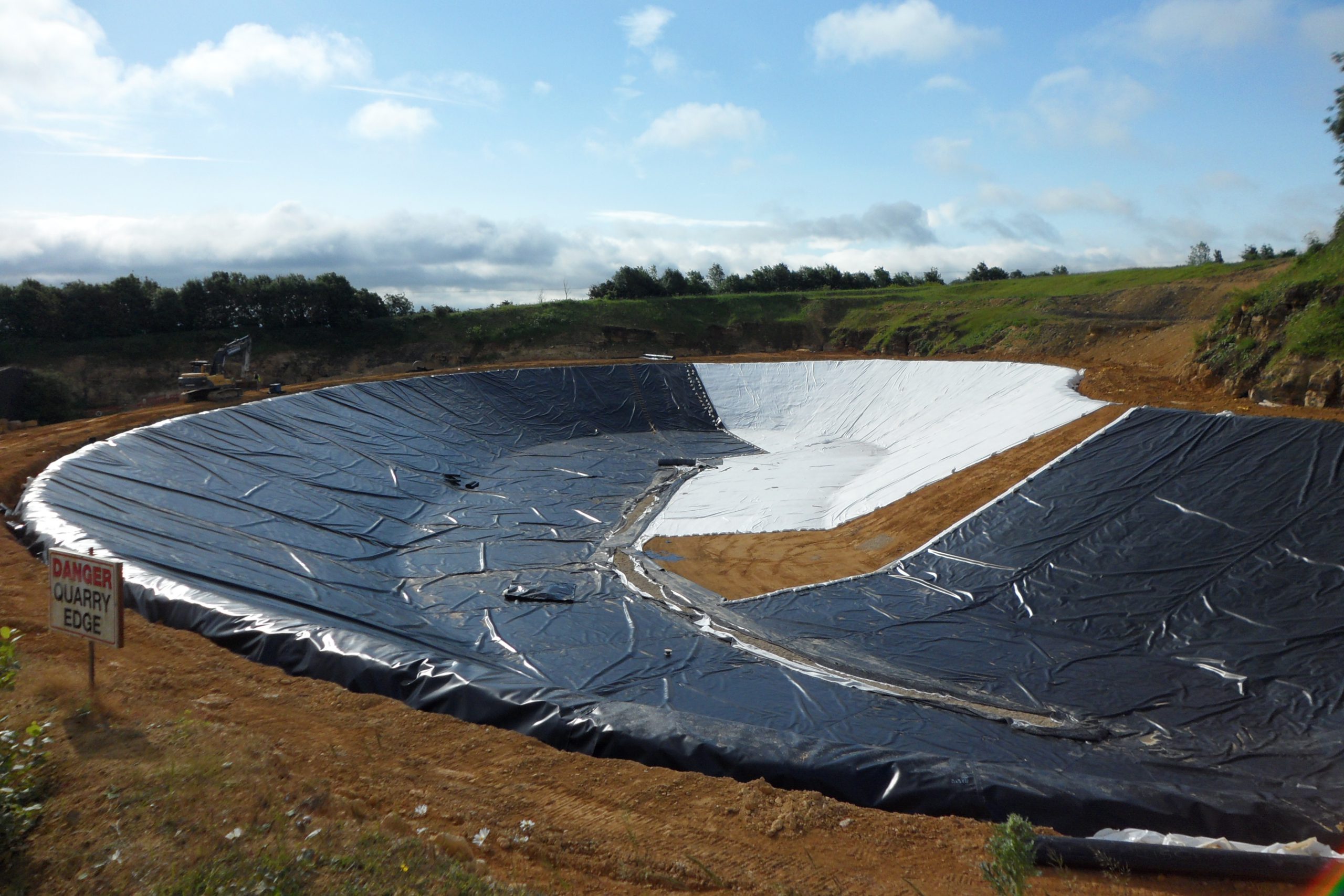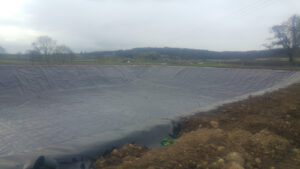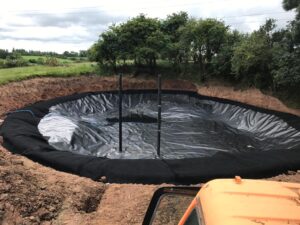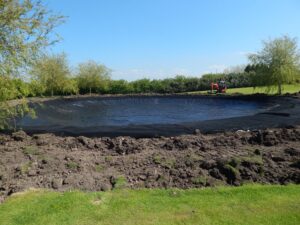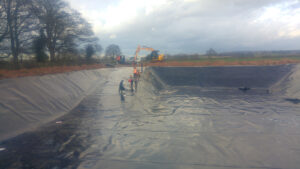In industries dealing with hazardous materials or waste, containment lining systems play a pivotal role in safeguarding the environment. These systems act as barriers, preventing the leakage or seepage of potentially harmful substances into the surrounding soil or water sources. Their significance cannot be overstated, as they not only protect the environment but also mitigate risks to public health.
What Are Containment Lining Systems?
Containment lining systems are engineered structures composed of various materials designed to confine and control hazardous substances within a specific area. They consist of liners, geotextiles, and other components installed above or below the ground to prevent the migration of contaminants. These systems are meticulously designed to withstand chemical corrosion, physical stress, and environmental factors to ensure durability and effectiveness.
Types of Containment Lining Systems
Geomembranes: These are impermeable membranes used as liners to prevent seepage of liquids or gases. They’re often made of materials like high-density polyethylene (HDPE), polyvinyl chloride (PVC), or ethylene propylene diene monomer (EPDM).
Geotextiles: These are permeable fabrics used in conjunction with geomembranes to enhance stability, drainage, and filtration. They provide additional support and reinforcement to the containment structure.
Composite Liners: These systems combine various materials to create a multi-layered structure, incorporating both geomembranes and geotextiles for improved containment capabilities.
Secondary Containment Systems: These are backup systems installed to contain spills or leaks in case the primary containment system fails. They act as an added layer of protection, reducing the risk of environmental contamination.
Importance of Containment Lining Systems
Environmental Protection: Containment lining systems prevent pollutants from infiltrating soil, groundwater, or nearby water bodies, thus preserving ecosystems and preventing adverse impacts on flora and fauna.
Regulatory Compliance: Industries dealing with hazardous materials must adhere to stringent environmental regulations. Properly installed and maintained containment lining systems ensure compliance with these regulations, avoiding costly fines and penalties.
Risk Mitigation: By confining hazardous substances, these systems reduce the risk of accidents, spills, or leaks that could pose serious health hazards to workers and nearby communities.
Long-Term Cost Savings: Investing in quality containment lining systems can save substantial costs in the long run by averting environmental damage, clean-up expenses, and legal liabilities associated with contamination incidents.
Maintenance and Monitoring
Regular inspection, maintenance, and monitoring are critical for ensuring the efficacy of containment lining systems. Inspections should identify any signs of wear, damage, or degradation, while maintenance activities such as repairs or replacements should be promptly carried out to prevent potential breaches.
In Conclusion
Containment lining systems serve as a fundamental line of defence against environmental contamination, ensuring responsible management of hazardous materials. Their proper design, installation, and maintenance are essential to preserve the environment, comply with regulations, and protect public health. Industries must prioritise the implementation and upkeep of these systems to uphold their commitment to environmental sustainability.
To find out more about our products and services and how we can help you, please contact us using the below –
Tel: 01695 228626
Email: enquiries@enviroseal.co.uk

